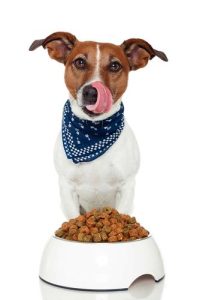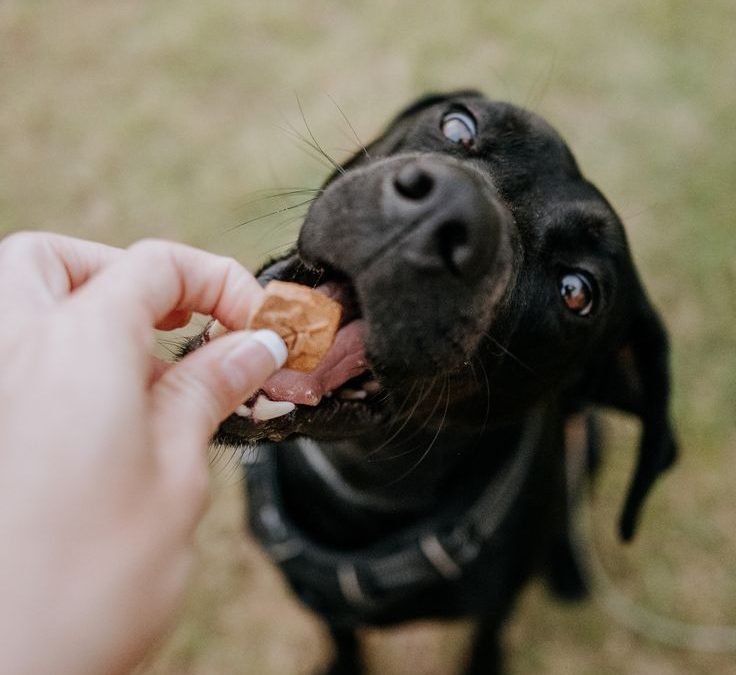Picture this: you’re halfway through an intense training session with your dog, and as you pull out those beloved dog treats, you notice your furry companion’s eyes light up like fireworks. Treats are more than just bites of joy; they’re little packets of love and motivation. But what if these nibbles could also contribute to your pup’s health? Let’s dig into that delightful idea.

Many people often consider dog treats as mere rewards for good behavior, but these tidbits offer a treasure trove of possibilities beyond basic praise. First up, let’s chew over the role treats play in training. They’re not just food; they’re your secret weapon. The right ones can influence behavior positively, almost like casting a magic spell over your pup. You can opt for savory morsels that keep your dog guessing, or something sweet that’s sure to hit the spot.
In the grand canine banquet, treats shouldn’t just fill pockets—they should fuel your dog in ways that kibble alone might not. Seek out snacks loaded with nutrients. Think crunchy carrots or lean meats, each bite a miniature feast. Want to go for gold? Explore treats enriched with Omega-3 fatty acids or glucosamine. These heroes can lend a hand (or paw) in keeping joints limber and fur glossy.
Often, commercial options are akin to junk food for humans—tasty but with hidden drawbacks. Sift through labels with the eagerness of a detective. Look out for wholesome, natural ingredients, avoiding those sneaky artificial additives. If you’re feeling kitchen-savvy, why not whip up homemade delights? A smidge of pumpkin, a dash of peanut butter, and voilà! You’ve created a culinary masterpiece.
Let’s chat about quantities, the Achilles heel of dog-treat devotion. Too many treats, and your furry friend may transform into a pudgy couch potato. Keep things balanced by integrating treats into daily caloric intake. A wise approach is like maintaining a tightrope act—exciting yet challenging. Remember, moderation is key.

